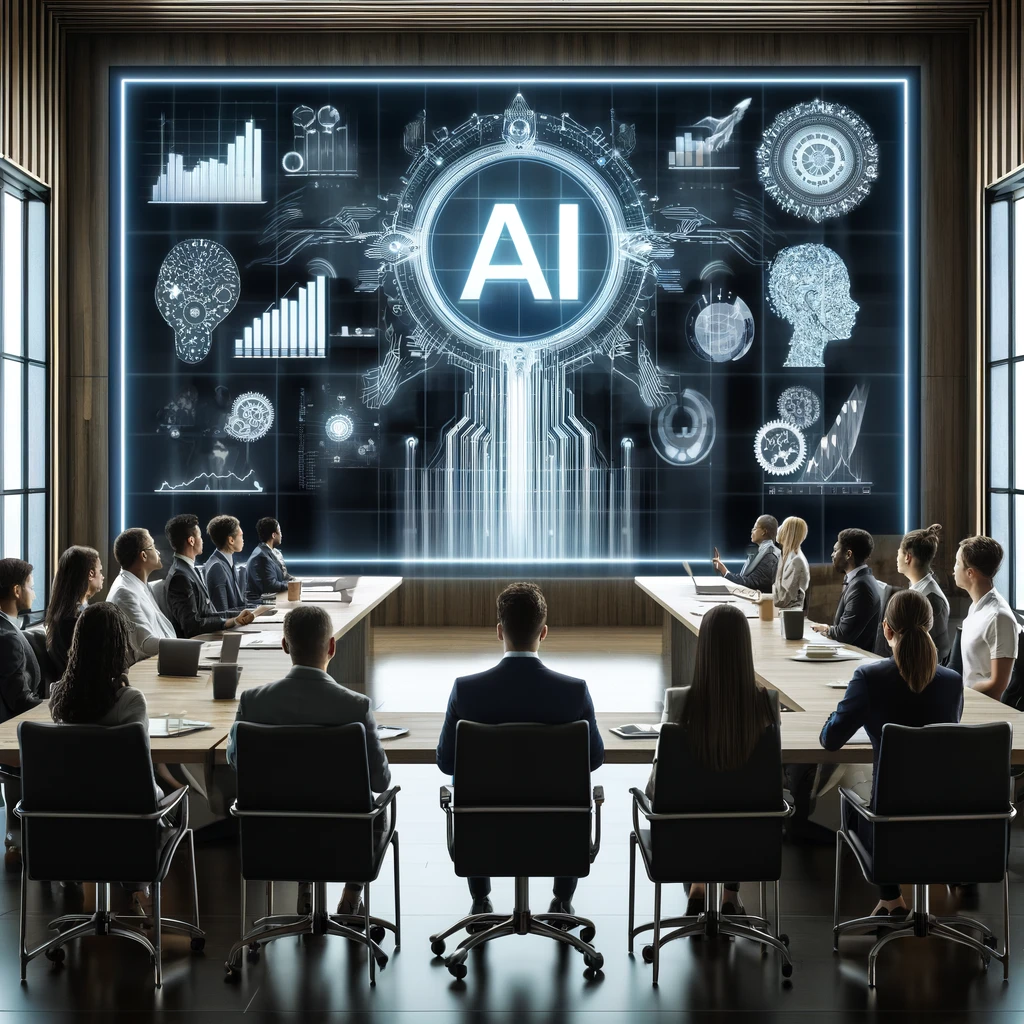
In an era dominated by rapid advancements in artificial intelligence, OpenAI continues to lead with groundbreaking innovations. The latest from their suite, GPT-4o, represents a pivotal shift in AI interaction across platforms, promising enhanced multimodal functionalities that integrate text, vision, and audio seamlessly. This comprehensive guide delves into the intricacies of GPT-4o, its potential impact on various industries, and its role in shaping future AI applications.
Introduction to GPT-4o: A Leap in AI Functionality
OpenAI’s new model, GPT-4o, extends the capabilities of its predecessors by enhancing speed, accuracy, and multimodal integration. Announced in a flurry of updates that also included a desktop service and voice assistant improvements, GPT-4o is set to redefine user interactions with AI. Unlike its predecessor, GPT-4o is available for free, making advanced AI accessible to a broader audience.
Enhanced Features and Capabilities
GPT-4o introduces a host of refined features. Its ability to process and generate responses not only in text but also through audio and visual inputs marks a significant enhancement over previous models. The model supports real-time voice interaction, akin to conversational agents in sci-fi narratives, and can analyze images and audio for a comprehensive understanding of user queries.
Industry Applications: From Education to Customer Service
The implications of GPT-4o are vast. In education, it can function as an interactive learning assistant, capable of addressing complex mathematical queries and offering step-by-step tutoring. Customer service can leverage its enhanced understanding to provide more responsive and dynamic support. Furthermore, its integration into platforms like Microsoft’s Azure showcases its potential in professional and cloud computing environments.
User Accessibility and the Shift Towards Inclusive Technology
One of the most significant advances GPT-4o brings is its accessibility. By offering the model for free, OpenAI has democratized access to cutting-edge technology, allowing individuals and businesses to explore AI capabilities without financial burden. This move is likely to spur innovation and adoption across sectors.
Future Prospects and Developments
Looking ahead, the rollout of GPT-4o sets the stage for further innovations in AI. As the model becomes integrated into more devices and platforms, its potential to influence other technologies and create new market opportunities is immense. OpenAI’s ongoing partnerships and collaborations will likely propel GPT-4o into new realms of application, enhancing its utility and reach.
The launch of GPT-4o by OpenAI marks a milestone in AI development. With its robust capabilities and broad accessibility, it stands to not only enhance current technological setups but also inspire new applications and innovations. As we stand on the brink of a new era in AI, GPT-4o is at the forefront, pushing the boundaries of what is possible in human-computer interaction.
The recent launch of GPT-4o by OpenAI is making waves in the tech community, with its promise of enhanced accessibility and advanced features. As the AI landscape continues to evolve, it remains to be seen how these technologies will transform our daily lives and workflows. OpenAI’s commitment to improving and expanding its AI offerings suggests a future where technology is more integrated, accessible, and powerful, enabling users worldwide to harness the full potential of artificial intelligence.